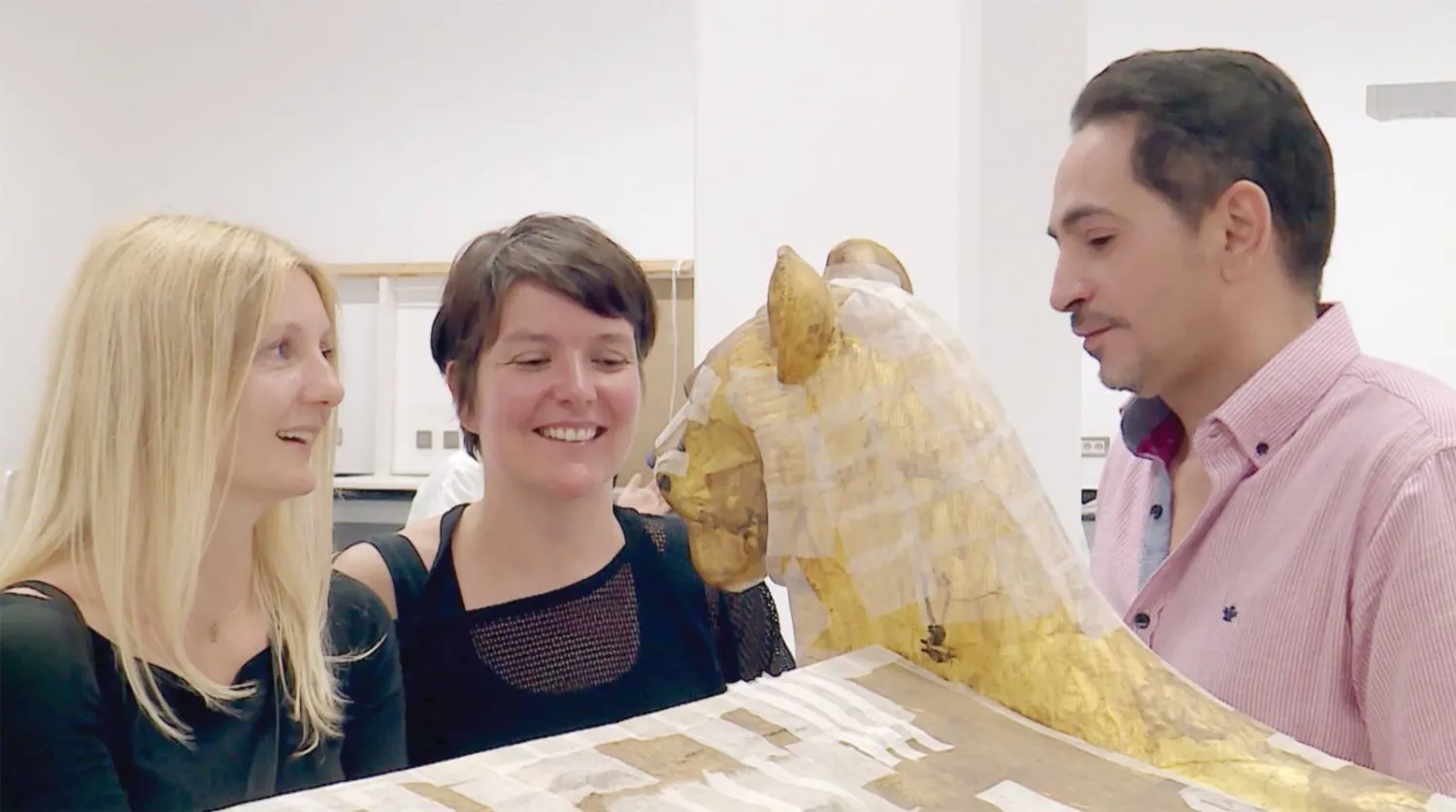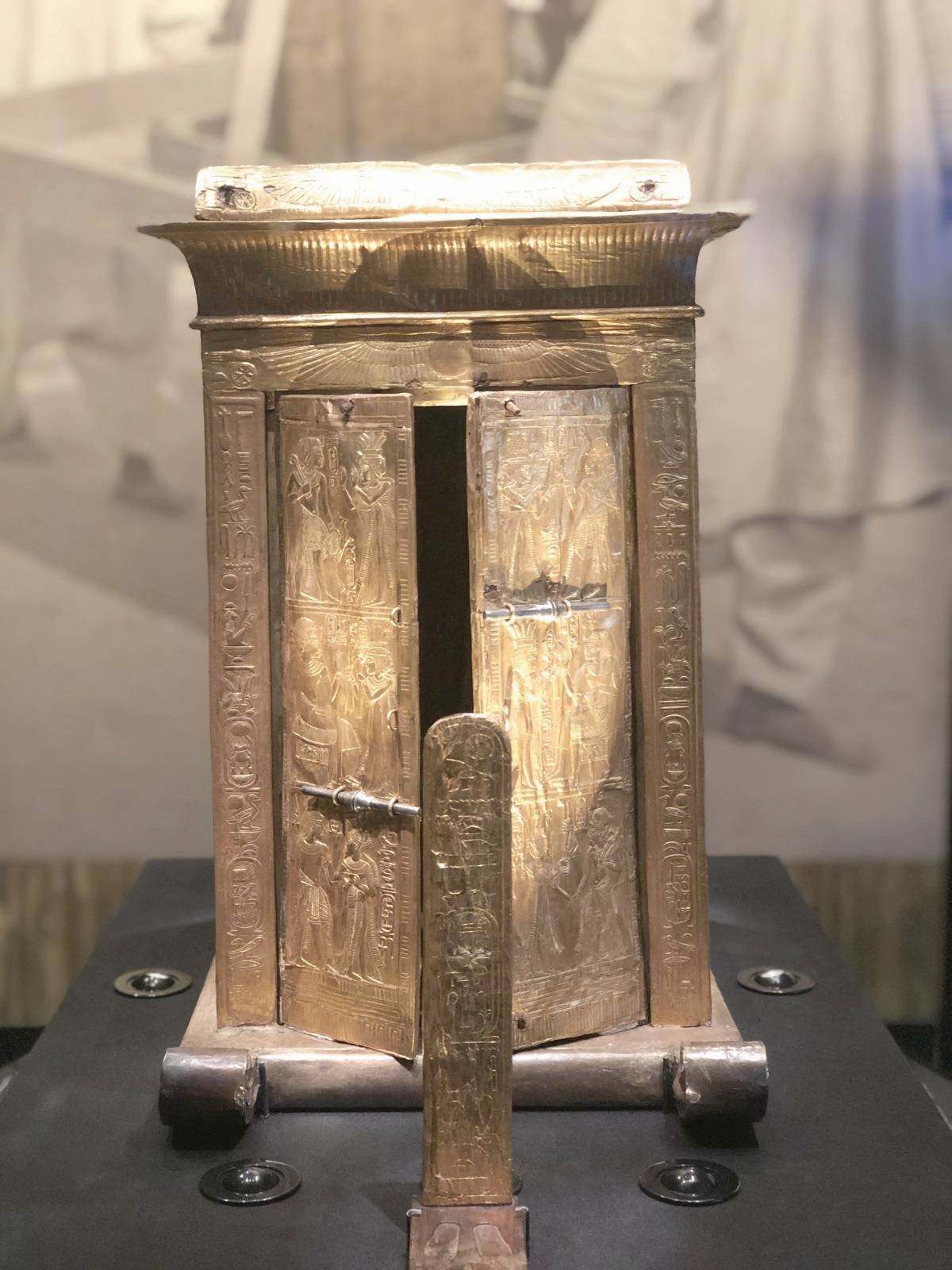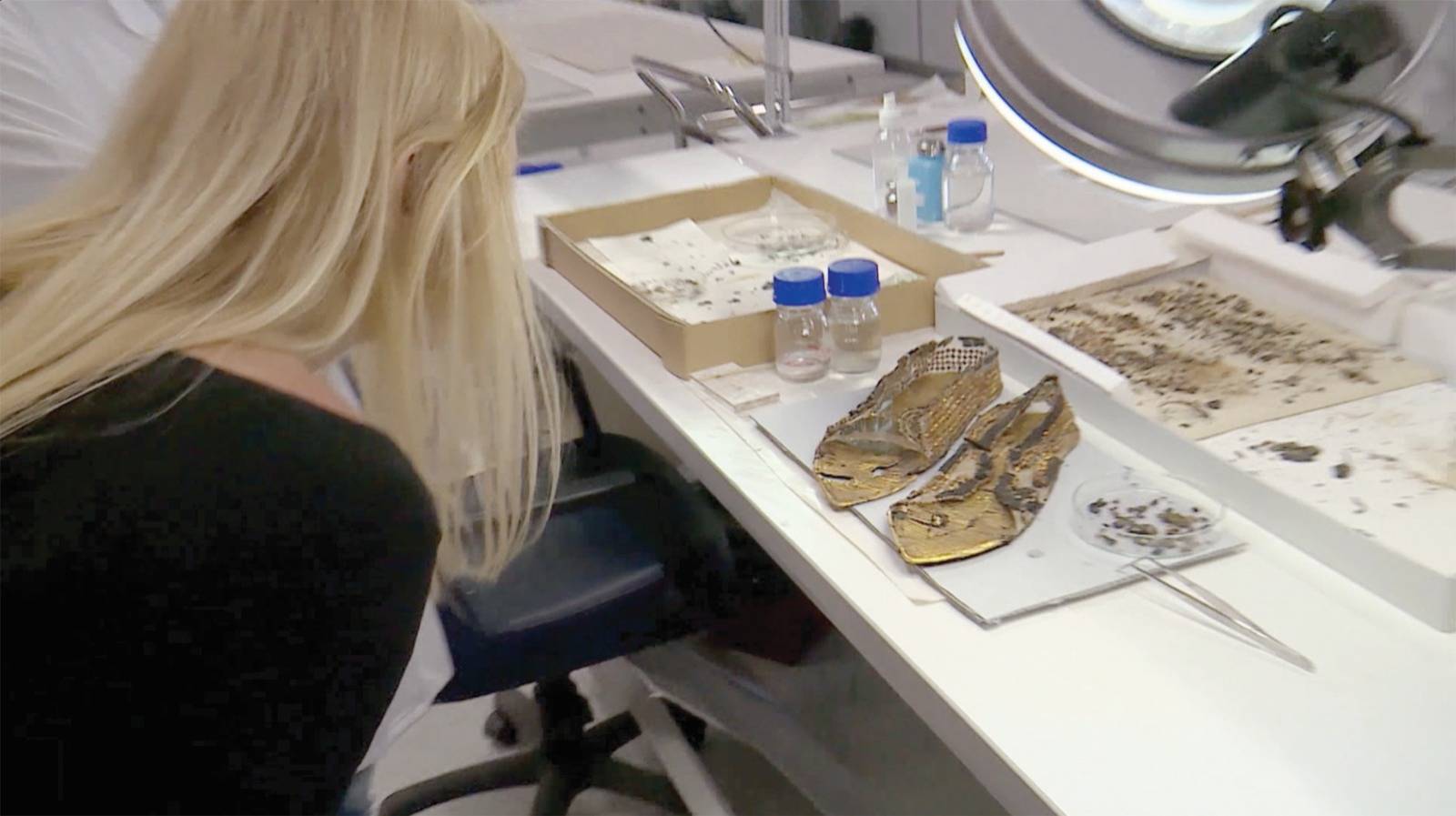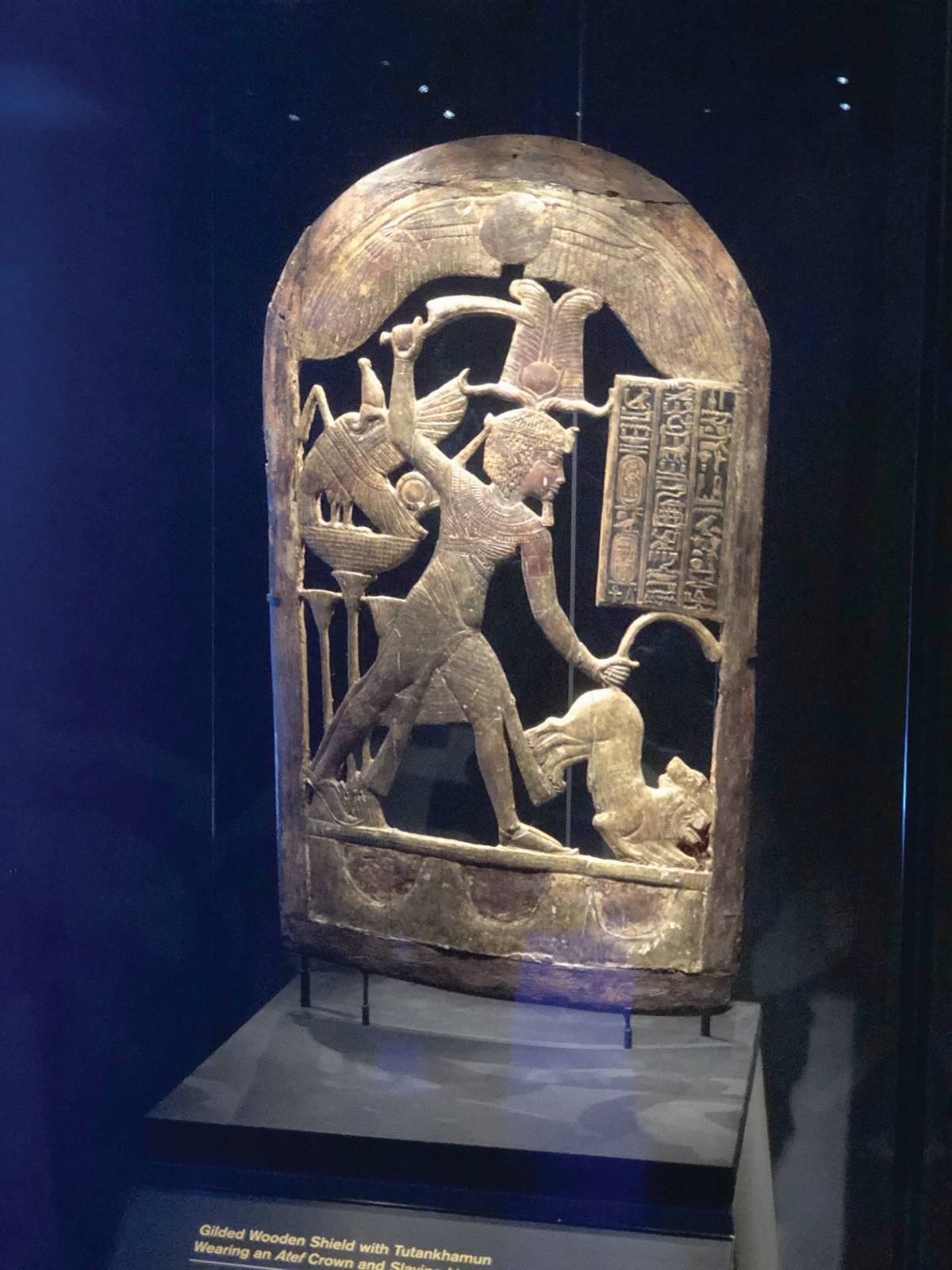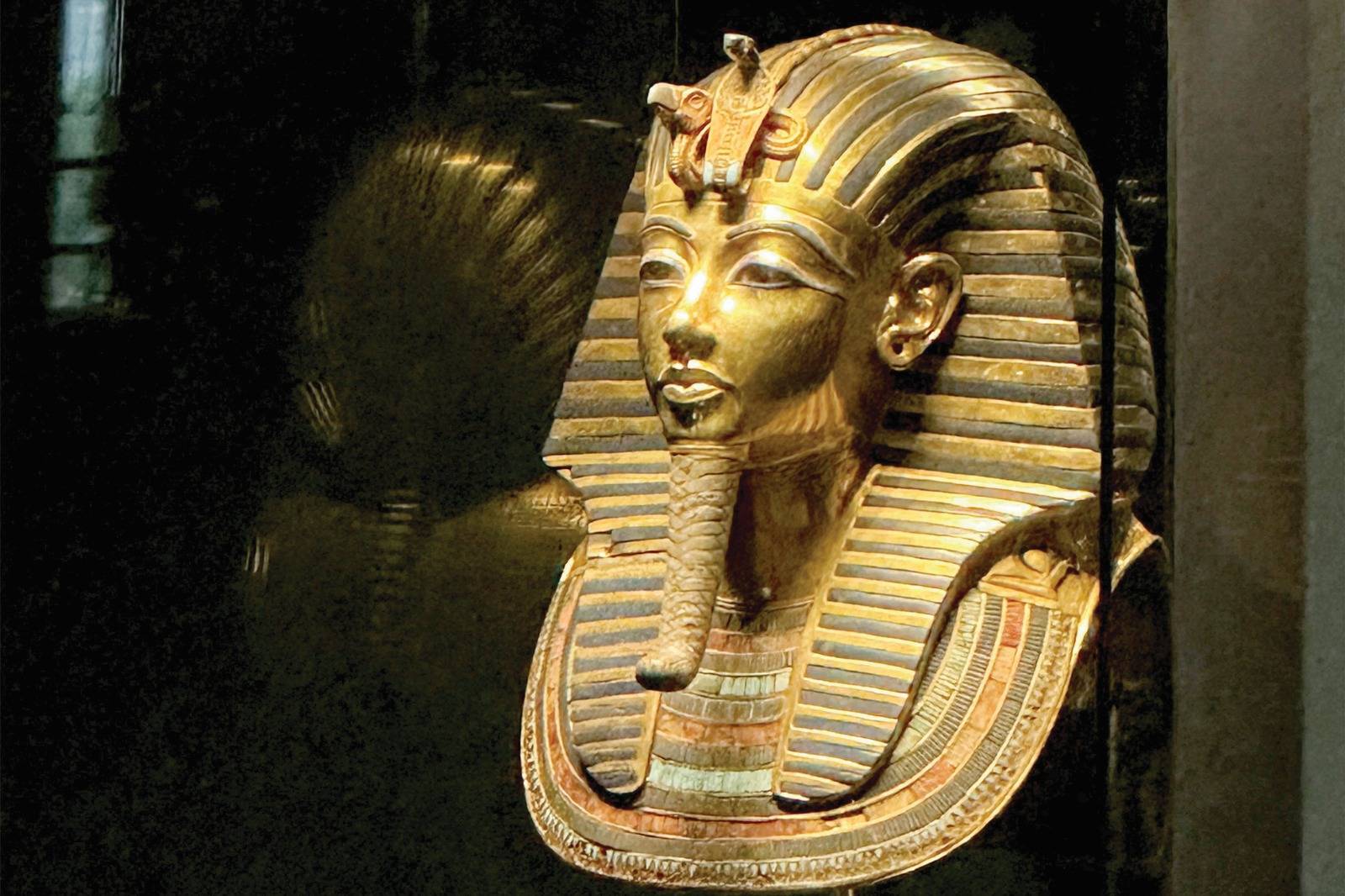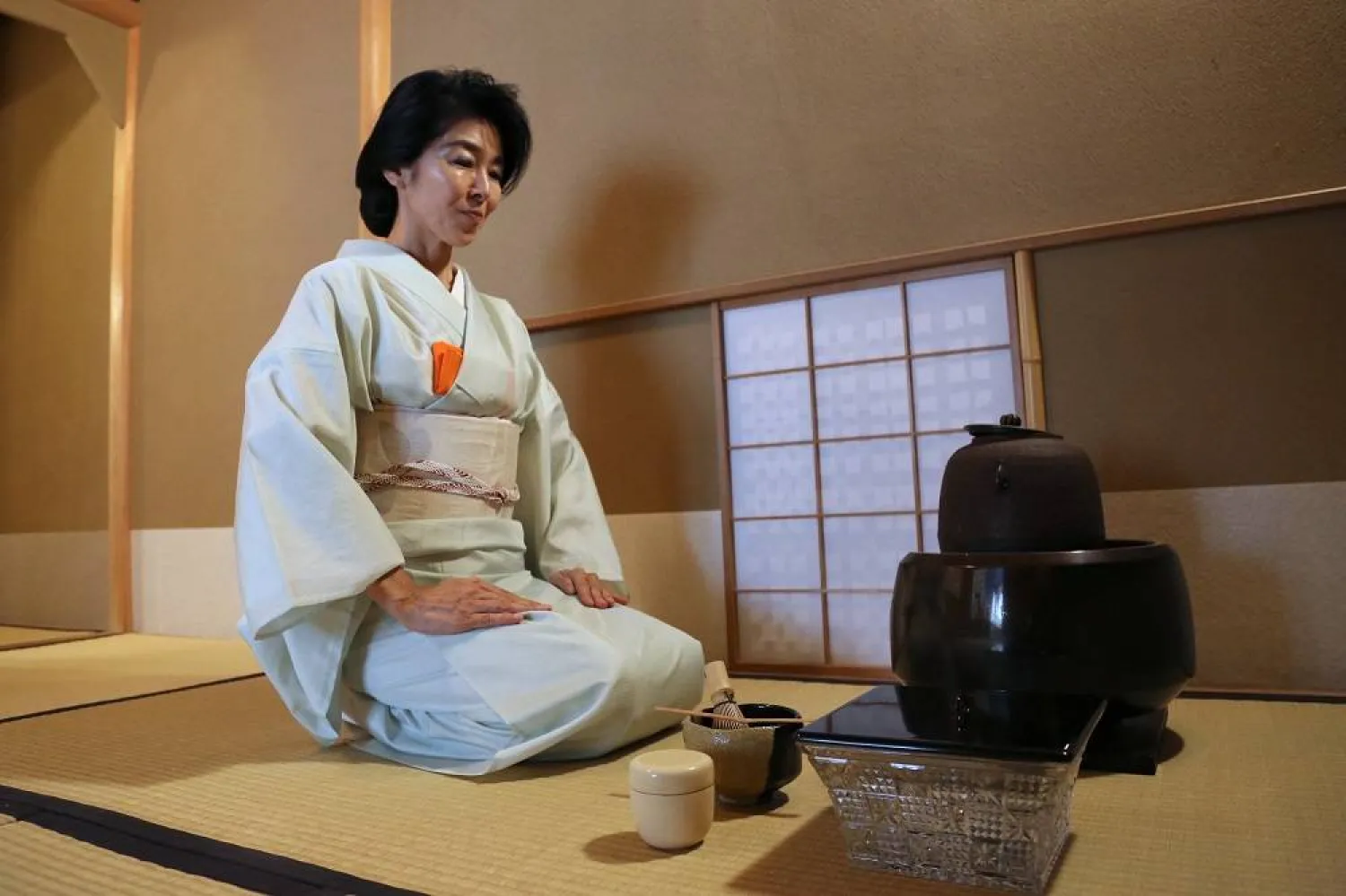Although two centuries passed after his death, Napoleon Bonaparte still has a decent position, and his personal, political, and military life still represent a rich material for novels, movies, and biographies.
In an interview with AFP, Natalie Petiteau, a history professor at the University of Avignon, said Napoleon's personality "will always be inspiring because he had an exceptional individual fate that expresses all aspects of revolution."
The professor noted that the biographers who wrote about "the great romantic hero who died 200 years ago," drew a portrait of Napoleon that changes according to the dominant political currents.
In 2014, Historian Jean Tulard estimated that about 80,000 works had been written about Napoleon. This unverified number indicates that an average of over one book was issued every day about Bonaparte since his birth in Ajaccio, Corsica.
Tulard himself wrote many books about Napoleon. The most recent, "Marengo or the Strange Victory of Bonaparte," was published in March 2020. It revolves around a decisive battle that took place in 1800. It paved the way for two other books that were issued at the same time: "Napoleon and God" by Philippe Bornet, and "The Grand Atlas and Napoleon," published by Glénat and Atlas publishing houses respectively.
Search in the lists of the French national library showed that 18,000 books have the name "Napoleon" in their titles, including works related to his nephew, Napoleon III.
The emperor's modest roots, courage, geniality, kindness to people, and his protection of France's glory facing the obsolete monarchies, all are myths that Bonaparte intelligently maintained throughout his political and military life, and still exist until today.
However, Éric Anceau, who recently released a biography entitled "Napoleon (1769-1821)," believes that writing about Bonaparte is renewable, noting that "there are always new things to discover."
He said "this bicentenary is an opportunity to focus on the many times the emperor escaped death, his exile on the St. Helena Island, his death, and his memory."
Anceau, a professor at the Sorbonne University, recommended two new books about the emperor: "Napoleon in St. Helena" (the island located in South Atlantic Ocean, where he died on May 5, 1821) by Pierre Branda (released in January); and "Napoleon: The Last Witness Narrates" by David Chanteranne (released in March).
Petiteau explained that "Napoleon's sophisticated personality leads people to draw a contrasting picture of him. For this reason, there will always be some who hate him
and others who glorify him. Objective historians have always found it challenging to explain their point of view defying popular historians."
For instance, "Bonaparte (1976) and Napoleon (1968)," a two-volume book by famous writer André Castelot, is a best seller. The Napoleon Foundation recommends parents encourage their children to read it if they want to know the history of the emperor.
Young readers may prefer to read "I am Napoleon," a novel by Vincent Mottez and Bruno Wennagel. The accuracy of this work, in which the emperor himself speaks, was sealed with an introduction written by Thierry Lentz, director of the foundation, which also issued the 1000-page Historical Dictionary of the Napoleonic Era, in September.
Casterman recently republished all the volumes of a comic collection depicting Napoleon by Davoz, Jacques Martin and Jean Torton.
For those who see Napoleon as a tyrant, Swiss Historian Henri Guillemin's books have been revived on YouTube in recent years. They have always been considered a great reference, but their re-editing stopped years ago.
In April, the H&O Editions republished a sarcastic biography about the emperor entitled "Adventures of Napoleon" by the late sarcastic writer Francois Cavanna. It was first published in 1988.
For those who want to stay away from the controversy of Napoleon, and the pain of politics and war, they can take a look at the letters exchanged between Bonaparte and Joséphine de Beauharnais, to read "some of the most beautiful pages of love literary," according to its publisher, Le Passeur House.






